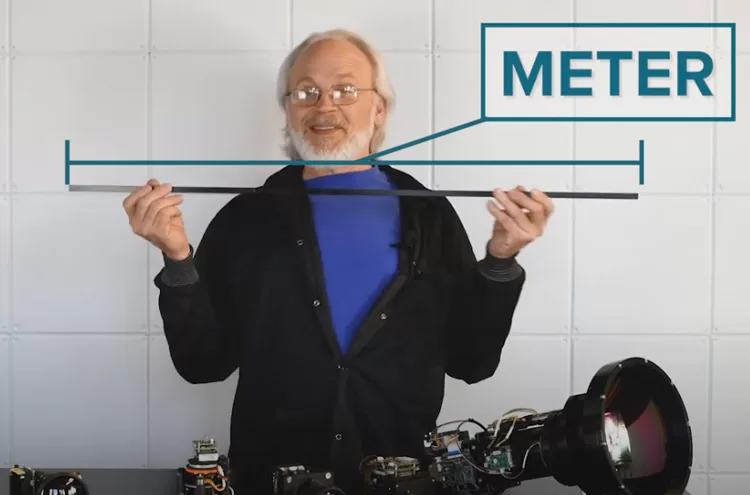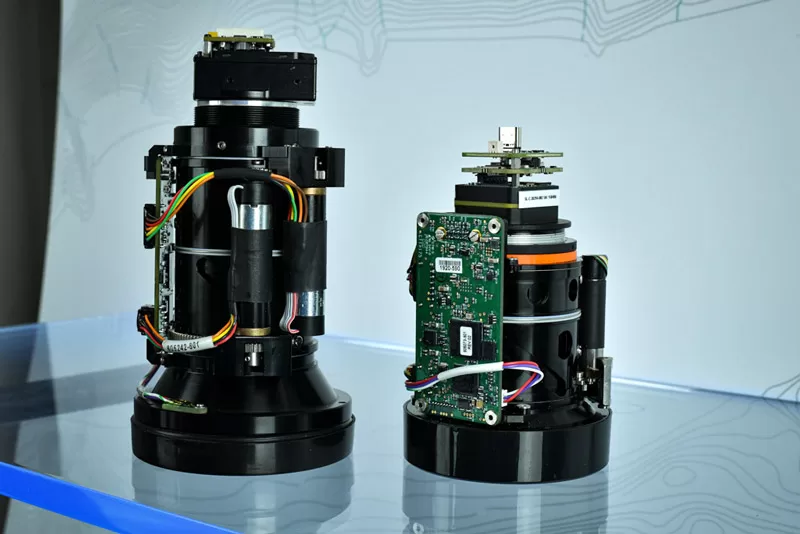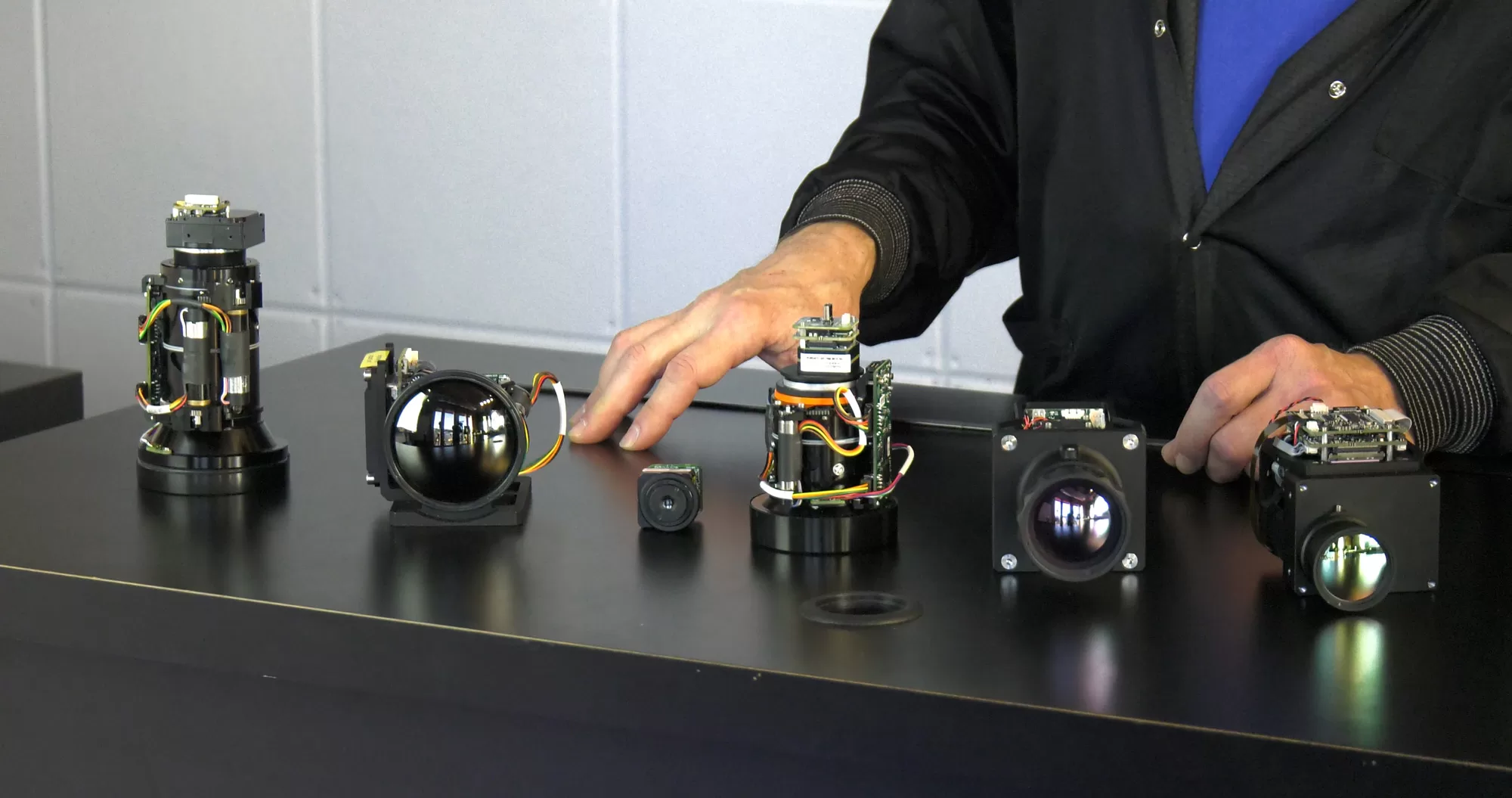Welcome back to ask an expert with Stan Voynick, CTO at Sierra-Olympia Technologies and today we’ll be talking about microns. What are microns and how do we use them and what we do?
Micron is a Unit of Measurement
When we measure things in our daily experience, we’re used to using units. For example, a meter, which is 3.2808 feet. If we take this meter and divide it into a thousand parts, we get down to a millimeter. A millimeter is still something that measures things that are familiar to us. In our experience, a thumbnail is approximately 12 to 14 millimeters wide. Take that millimeter and divide it into a thousand smaller parts. That’s a micron. We don’t commonly use microns in everyday life to discuss the kinds of things we work with, but here at Sierra-Olympia, it’s common talk.

Microns to Measure Wave Lengths
We actually use microns for two different important measurements. The first is to measure the characteristic of the infrared light that we are collecting in our various sensors. We work fundamentally in two different bands of light and microns measure the wavelength of the light. To oversimplify it a little bit, light propagates as an oscillating wave, and its wavelength is what we talk about as the distance between the peaks of those oscillations.

Radio waves that you might receive on your car radio may be meters or many meters between those peaks. They oscillate much more slowly as we get into infrared energy and the light we work with the waves are microns in size, what we call mid wave infrared energy are between three and five microns in size. What we call long wave are longer than the midwave are 8 to 12 microns in size. These light waves oscillate much quicker than radio waves or microwave oven energy, and they are what we call infrared light.
Microns for Sensors
The other way we use microns at Sierra-Olympia Technologies is to measure the pixels in the detector arrays in the sensors that we produce. One of our earliest long wave zoom products was the vision 4X, which has a 17 micron sensor on it. As the state of the art of sensor fabrication advanced, we went from 17 down to 15 down to 12, and now in a comparable long wave sensor, we’re down to the Tenum, which has 10 micron sensors instead of 17. You can see a comparable lens for a 10 micron sensor is smaller than the lens for a 17 micron sensor.


